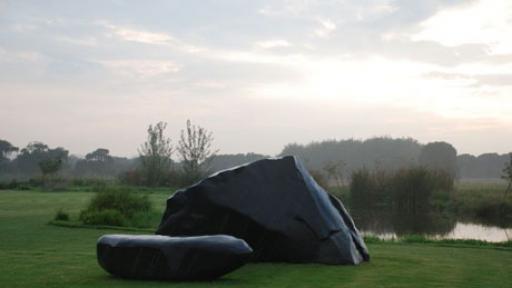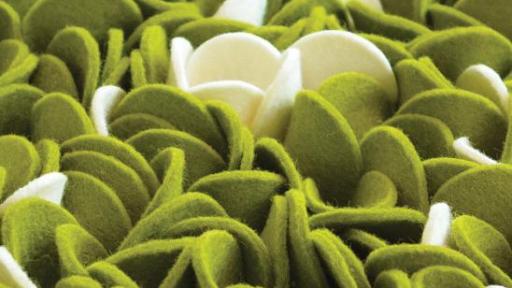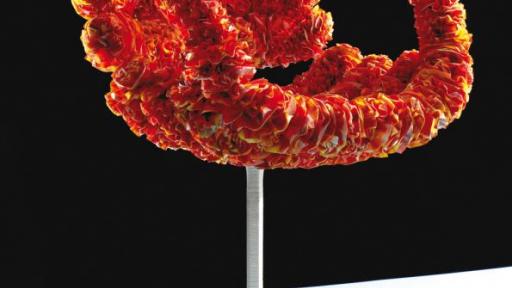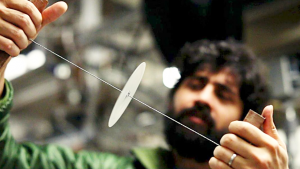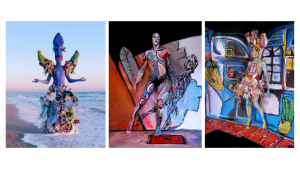Green Living: The Burning Issue

The impact of mass consumerism on the environment is not a new concern. The ozone, El Niño, rainforests, landfills, non-indigenous plants, animal extinction, nuclear fallout and meltdown, air and water pollution, and land degradation have all had their turn in the headlines.
Yet none of these issues have inspired the mass panic and media buy-in of carbon dioxide-fuelled climate change. Long the preserve of hairy-legged lentil eaters, environmental concerns are now on everyone's lips. Green is mainstream, with Cameron Diaz, Leonardo DiCaprio and Lisa Simpson as poster children.
The light-green environmentalists are buying CFLs, organic cotton and locally grown vegetables in hemp shopping bags – all worthy starting points. For dark-green environmentalists, a return to rural self-sustained living is the solution – a pity not all of us can be so noble. In turn, bright-green environmentalists are focusing on new technology and design that can alleviate the world's dependence on crude oil – hopefully we can wait that long, although at least the Tesla Roadster is on its way.
There isn't an easy solution or cure-all, as Valerie Casey argues concisely. It gets even more complicated when, as Tom Dixon demonstrates with his fat plastic chair, green design is not necessarily sustainable design, and vice versa.
While green design focuses primarily on environmental concerns, sustainable design seeks to balance economic, environmental and social concerns. "To create a sustainable future, design must be deeply in tune with human needs," says Yves Béhar.
Still, even though Design Indaba is not sure what the neat, straightforward answer is, we would agree with Victor Papanek, father of green design, when he wrote:
"Design has become the most powerful tool with which man shapes his tools and environments (and, by extension, society and himself)."
Disappointingly, although there is a strong case to be made for local fashion's being sustainable, we had to scrounge for local designers beyond obvious stalwarts such as Craig Jacobs, Heath Nash and Martin Haldane. But it paid off and we introduce two SA designers working abroad – Ryan Frank and Mary-Ann Williams.
Ultimately, this issue of the magazine should act as an inspiration and a call to arms: Before you make your next purchase or design, THINK. Think about material, production cycle, longevity, use, obsolescence, end-of-life scenario, travel miles and recycling opportunities. As we hope this issue of the magazine illustrates, these aren't limitations but opportunities for greater creativity. - Nadine Botha

